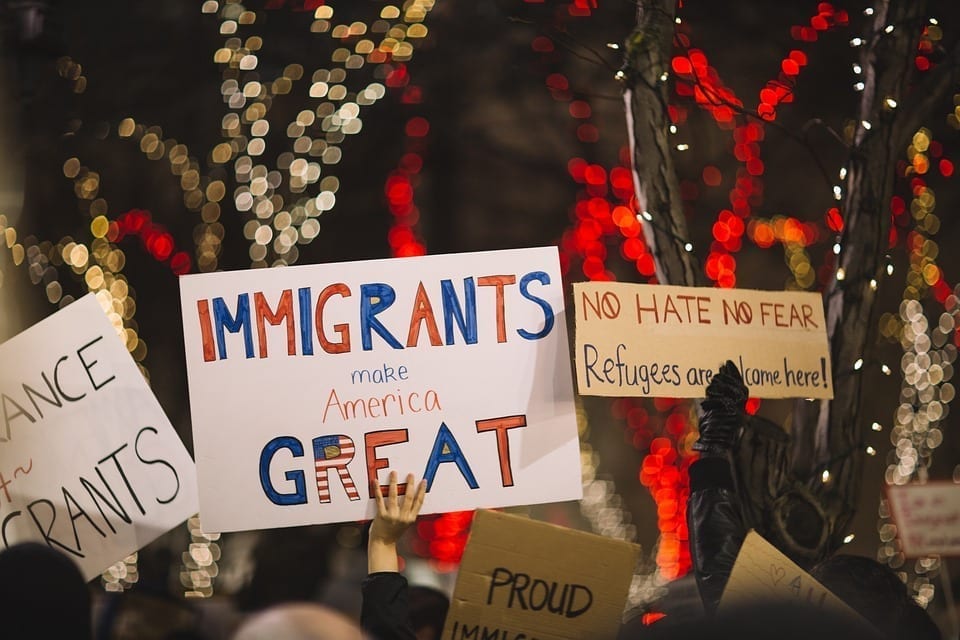The different types of green cards have their own unique application process.
There are currently 27 different types of green cards that allow foreign nationals to live and work in the United States on a permanent basis. More properly, they’re known as Permanent Residence Cards for lawful permanent residents (LPRs). They’re issued by the U.S. Citizenship and Immigration Service (USCIS) to citizens of foreign countries who apply for them and meet certain requirements. Once a foreign national obtains a green card, he or she is permitted to live and work in the United States indefinitely.
Family Based Green Cards
The most common type of permanent residence is family-based. The following green cards are family-based:
- IR-1: The spouse of a U.S. citizen.
- IR-2: The unmarried child of a U.S. citizen under 21 years of age.
- IR-3: The orphan of a U.S. citizen who was adopted in a foreign country.
- IR-4: An orphan abroad who is to be adopted by a U.S. citizen.
- IR-5: The parent of a U.S. citizen who is 21 years of age or older.
- F-1: Unmarried children of U.S. citizens and their minor children.
- F-2: Spouses of children under 21 or LPRs IF2-A or unmarried children 21 or older of LPRs F2-B.
- F-3: Married children of U.S. citizens, their spouses and children under 21.
- F-4: Brothers and sisters of U.S. citizens and their spouses and children under 21.
Employment-Based Green Cards
- EB-1: Priority workers. Could lead to permanent residency.
- EB-2: Professionals with advanced degrees or advanced ability. Could lead to permanent residency.
- EB-3: Skilled workers and professionals. Could lead to permanent residency.
- EB-4: Special immigrants. Could lead to permanent residency.
- H1-B: Specialty jobs requiring specialized knowledge and at least a bachelor’s degree.
- L-1: Intra-company transfers with a company with offices in both the U.S. and abroad.
- E-3: Australian citizens with specific professional jobs.
- TN: Canadian and Mexican citizens with specific exceptional abilities under NAFTA.
- O: Those with exceptional ability in science, arts, education, business or athletics.
- P: Athletes, entertainers and artists who will perform in the U.S.
- R: Religious workers who are employed by a not-for-profit entity in the U.S.
Other Types of Green Cards

- T: This person has been subjected to severe human trafficking and assisted law enforcement.
- U: Have suffered severe physical or mental abuse in the U.S. and have assisted law enforcement.
- VAWA: Victims of domestic violence or abuse by a U.S. citizen or LPR spouse or parent.
- Diversity Lottery: Up to 55,000 people are eligible if they meet eligibility requirements.
- Longtime Residents: Also known as a cancellation of removal green cards.
Conditional Green Cards
- CR-1: Married to a U.S. citizen for more than two years when applying for LPR.
- EB-5: Issued to qualified investors and their spouse and children.
The different types of green cards have their own unique application process. In short, the LPR process can be summarized as follows. Determine your eligibility for the type of LPR that you’re seeking and file a petition, any supporting documentation and application fees. Your employer might be required to file the petition and fees. Go to your biometrics appointment. Then, attend a visa interview. If your visa is approved, you receive your proof of LPR or green card. You’ll then be permitted to reside and work in the United States indefinitely. Navigating the Green Card process can be a complex process. Consulting with an experienced immigration attorney can help you or your family member understand the steps to obtaining permanent residency in the United States.


Join the conversation!